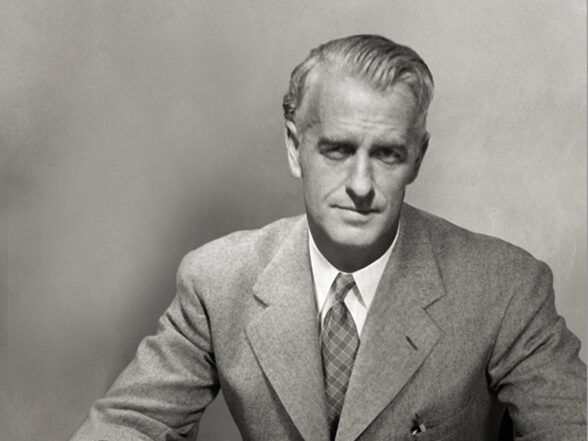David Morrison Innovation Award
The Flight Safety Foundation David Morrison Innovation Award is named after one of the founders of the Foundation. Morrison played a critical leadership role in the early days of the Foundation. He was an inventor and, in 1945, the first to patent a digital cockpit instrument panel. He also was first to envision a moving map display to assist with pilot navigation.
The David Morrison Innovation Award recognizes an individual, a team or an organization for notable innovation in civil aviation. The award is for both technological innovation and process transformation.
We invite you to showcase exceptional work done by your peers and submit a nomination today. As part of the selection process, the Foundation would like to understand what went into designing and developing the innovation or process change.

David Morrison
Click the button below to complete the nomination form and attach a brief, comprehensive document addressing these questions to support your nomination:
- The innovation or process transformation must solve a problem or address an issue. What was the problem or issue solved?
- Was designing/developing the innovation a collaborative process? If so, please explain how.
- If applicable, please describe any public private partnership leveraged to develop the innovation or process transformation.
- Were novel processes or tools used in developing the innovation? If so, please explain.
- The change brought about by the innovation or transformation should be sustainable and sensitive to possible future changes in the industry. Is the innovation/transformation adaptable? Can the innovation be used as the basis for future improvements?
- How was the innovation communicated to the affected stakeholder community in clear and compelling ways?
2025 Call for Nominations
Know someone who has made an impact? We invite you to showcase exceptional work done by your peers and submit a nomination today.
Nomination deadline: June 27, 2025
Flight Safety Foundation Founder
David Morrison, an early advocate of a standardized cockpit layout and crew resource management, launched his aviation career after joining the U.S. Marine Corps in 1938 and being assigned soon afterward to the Glenn L. Martin Company (now Lockheed Martin) aircraft manufacturing plant in Baltimore, Maryland, U.S.